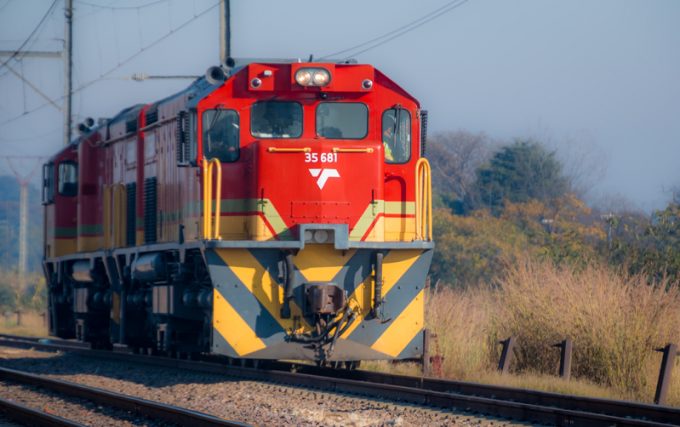AD Ports launches Erkport JV, but loses out over Alsancak terminal
It’s been a couple of days of mixed fortunes for fast-growing UAE ports and logistics ...

Transnet’s rail reform proposal is on the right track, but in its current form it likely won’t reach its intended destination.
Background
South Africa has long struggled with archaic supply chain operations that have meant delays, backlogs and congestion across its ports and rail network are a daily experience for shippers and forwarders, and which is largely attributed to failings at the government-owned port, rail and pipeline company Transnet, which has neglected investment into South African transport infrastructure for well over ...
Outlook for container shipping 'more uncertain now than at the onset of Covid'
Shippers warned: don't under-value US exports to avoid tariffs – 'CBP will catch you'
Cancelled voyages take the sting out of spot rate declines this week
New Houthi warning to shipping as rebel group targets specific companies
K+N CEO unveils impact of US import tariffs on China-origin goods
Blanked sailings in response to falling demand 'just a stop-gap solution'
CMA CGM to reflag box ship as the French carrier eyes growing Indian market
Boeing looks to resell up to 50 aircraft rejected by Chinese buyers
More pressure on transpacific rates as carriers bet on a China-US trade deal
'Strong start' to 2025, despite market uncertainty, says Kuehne + Nagel
Teamsters union vows UPS will be 'in for a hell of a fight' over jobs cull
US Customs chaos means 'more downside risk than upside potential' for air cargo
Taiwan ministries act to mitigate effect of trade war on agriculture exports
Wan Hai joins box shipping 'arms race', but avoids Chinese yards for newbuilds
MOL signs up with Climeworks for direct air carbon capture and storage

Comment on this article